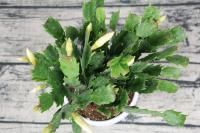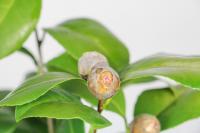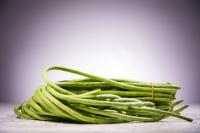Green Luo grows such spots. Cut them quickly
As we all know, it is a flower that is particularly afraid of cold. Once the temperature is lower than 10 degrees, spots will appear, and even all branches and leaves will wilt. We must deal with it quickly, otherwise it will freeze to death
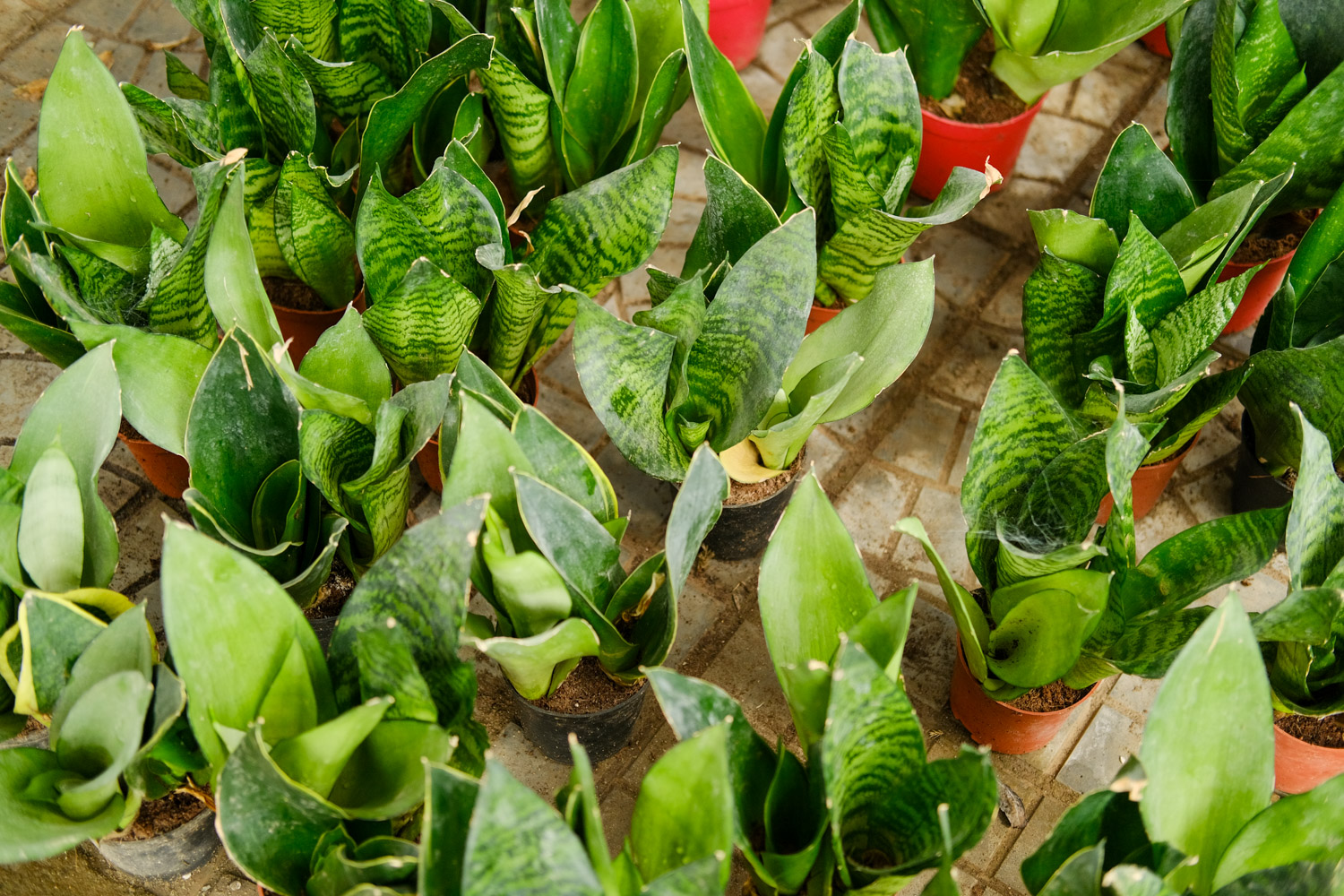
1. Cut off the spotted green Pineapple leaves to avoid wasting more nutrients. If all the leaves wilt and fall down, cut off all the branches and leaves ruthlessly
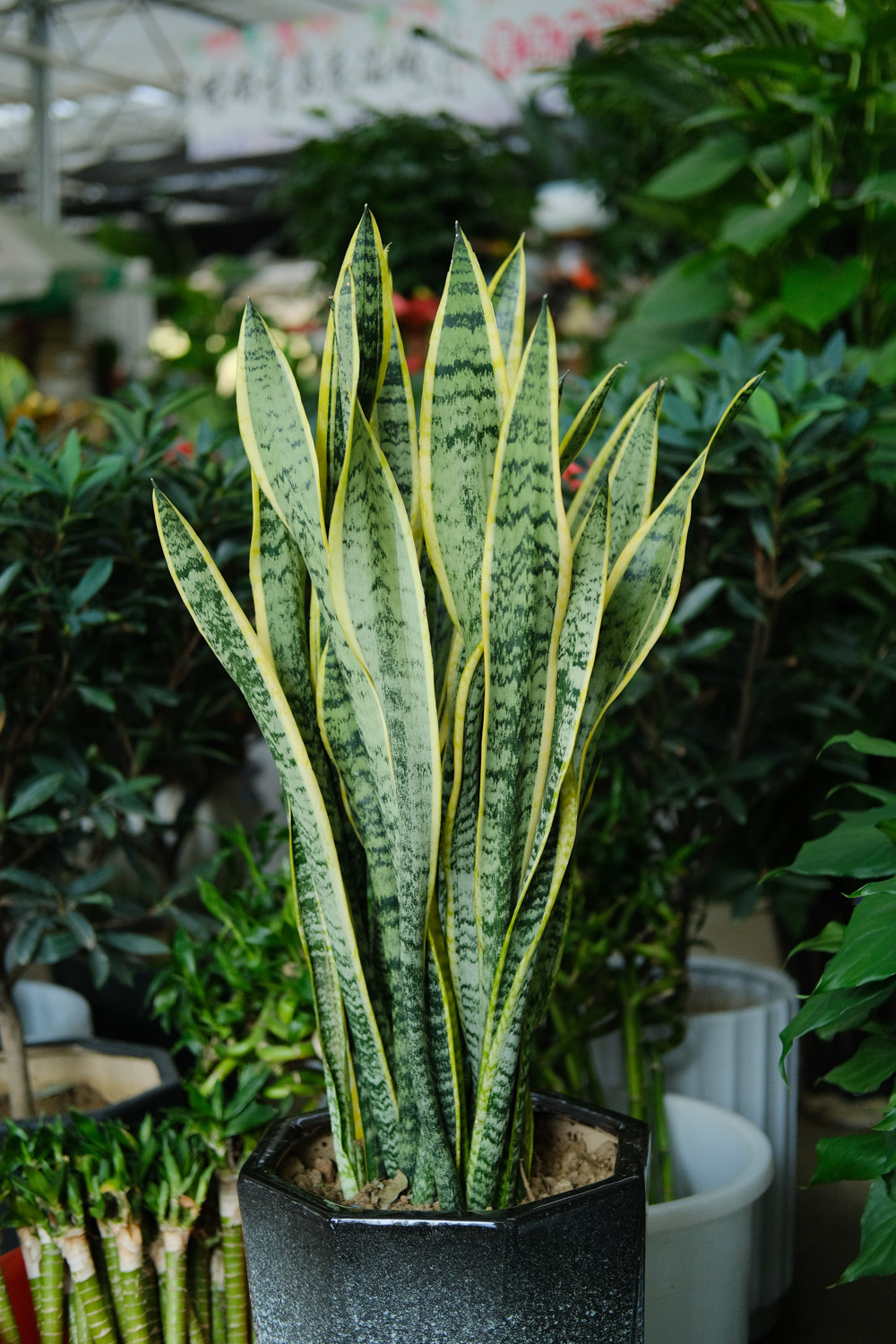
2. Cover the pruned green pineapple with plastic bags for heat preservation, pay attention to opening several openings for ventilation, and then try to put it in a warm place above 10 degrees
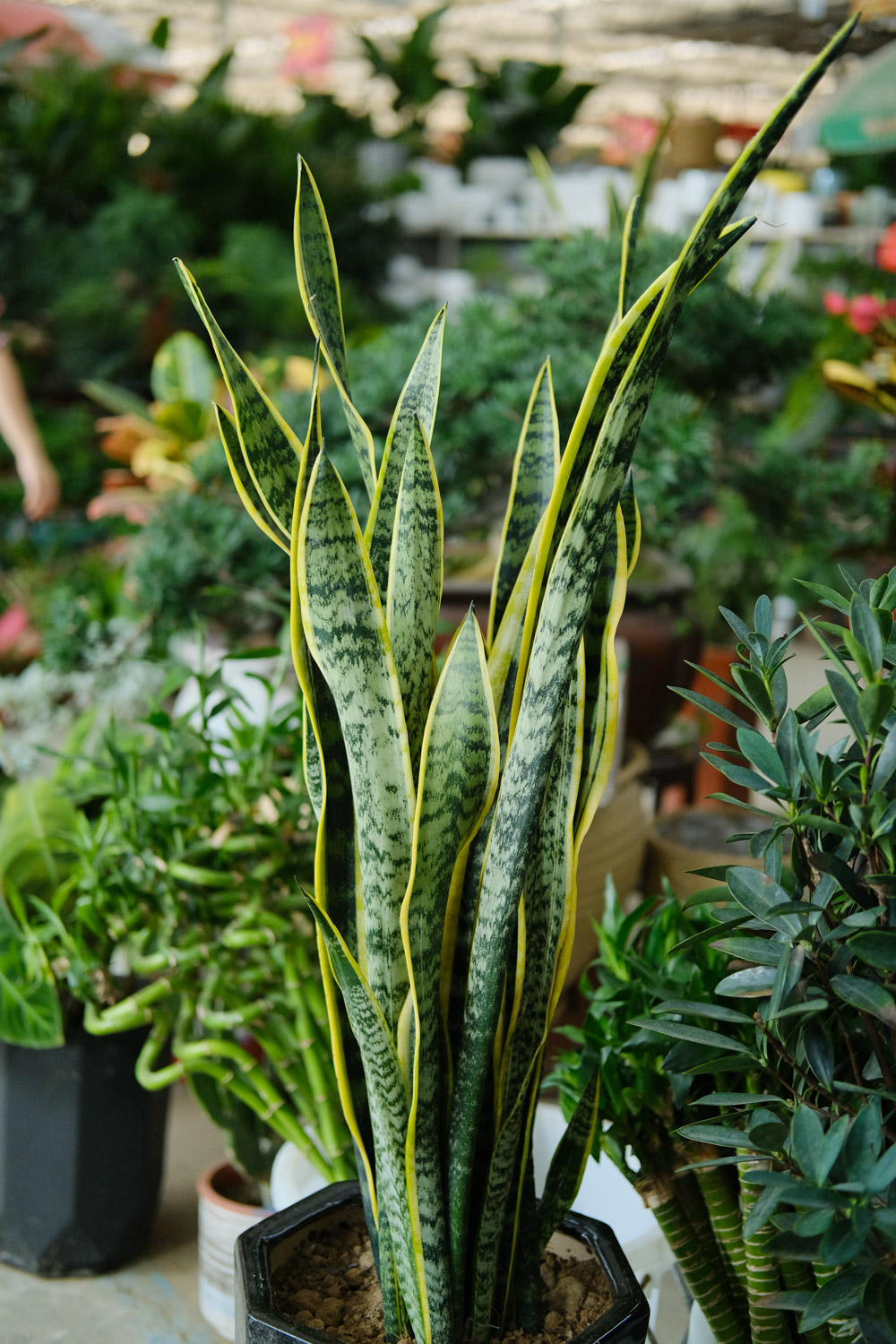
3. Control watering. If the temperature is below 10 ℃, don't pour water temporarily. Just pour some water along the basin every 2 weeks. Don't pour it thoroughly. If the temperature is above 10 ℃, it can be poured once in 7-10 days

4. In winter, we should put the green pineapple in a place with good light, bask in the sun more, and avoid frostbite
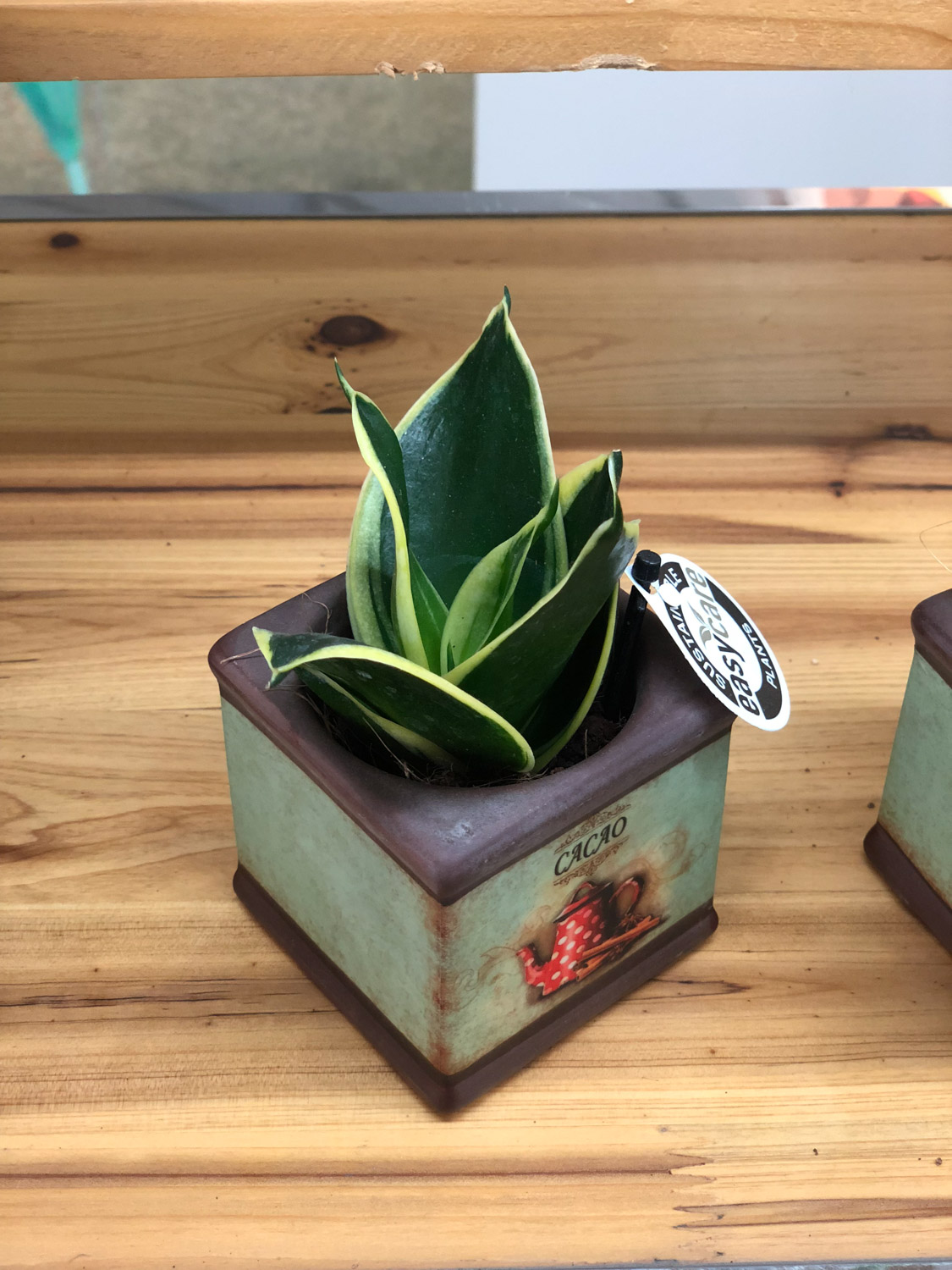
Tiger skin orchid grows this kind of spot, treat it quickly
People who raise hupilan will find that its leaves often grow all kinds of spots inexplicably. In fact, it is mainly caused by bacterial infection caused by excessive watering. Measures need to be taken in time, otherwise the area of spots will become larger and larger, which will lead to the death of the whole plant
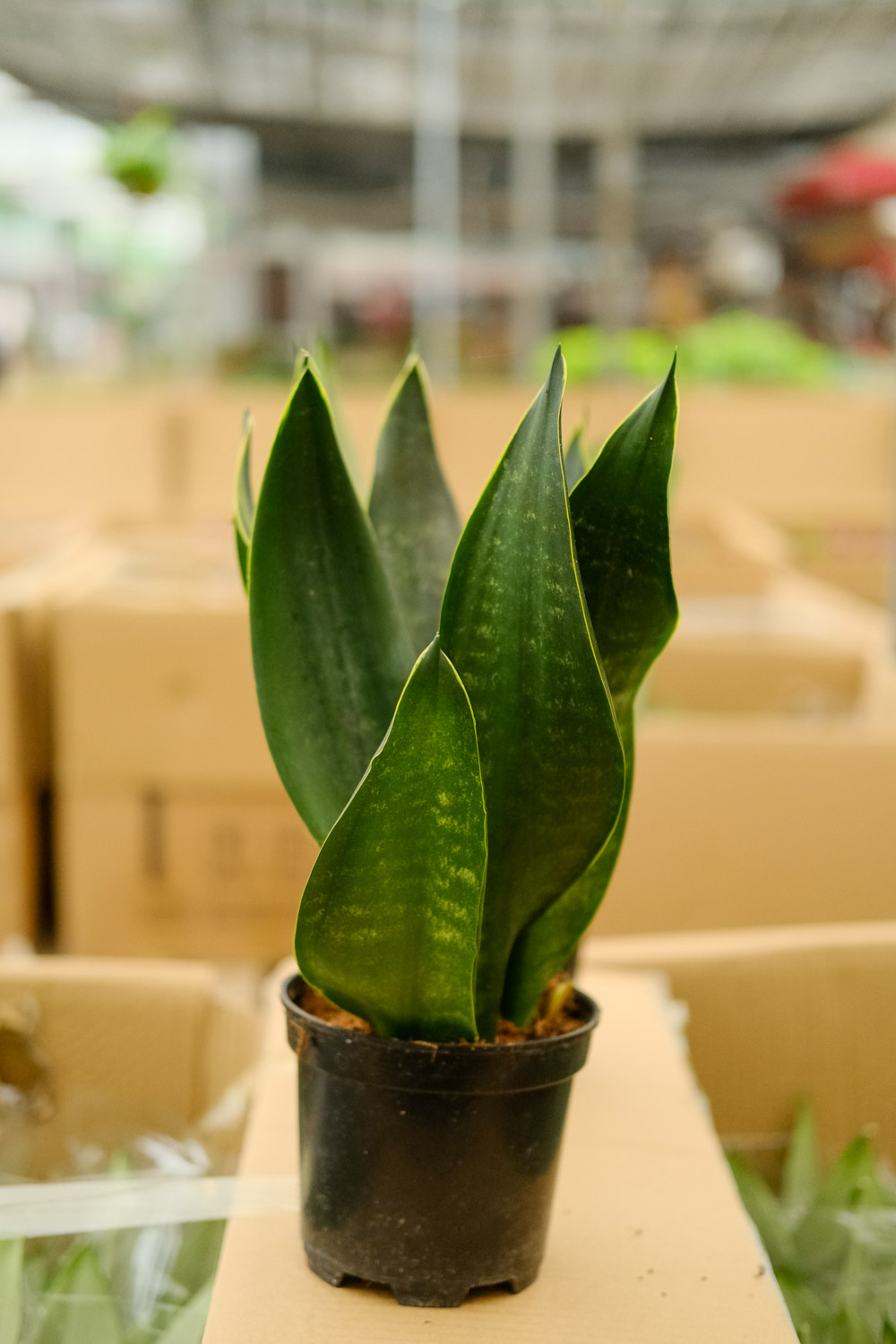
1. If the spot area is not large, buckle the spotted part of hupilan with a wallpaper knife; If the spots are too big, cut off the whole leaf with long spots

2. Apply plant ash or carbendazim to the wound of tiger skin orchid to prevent infection
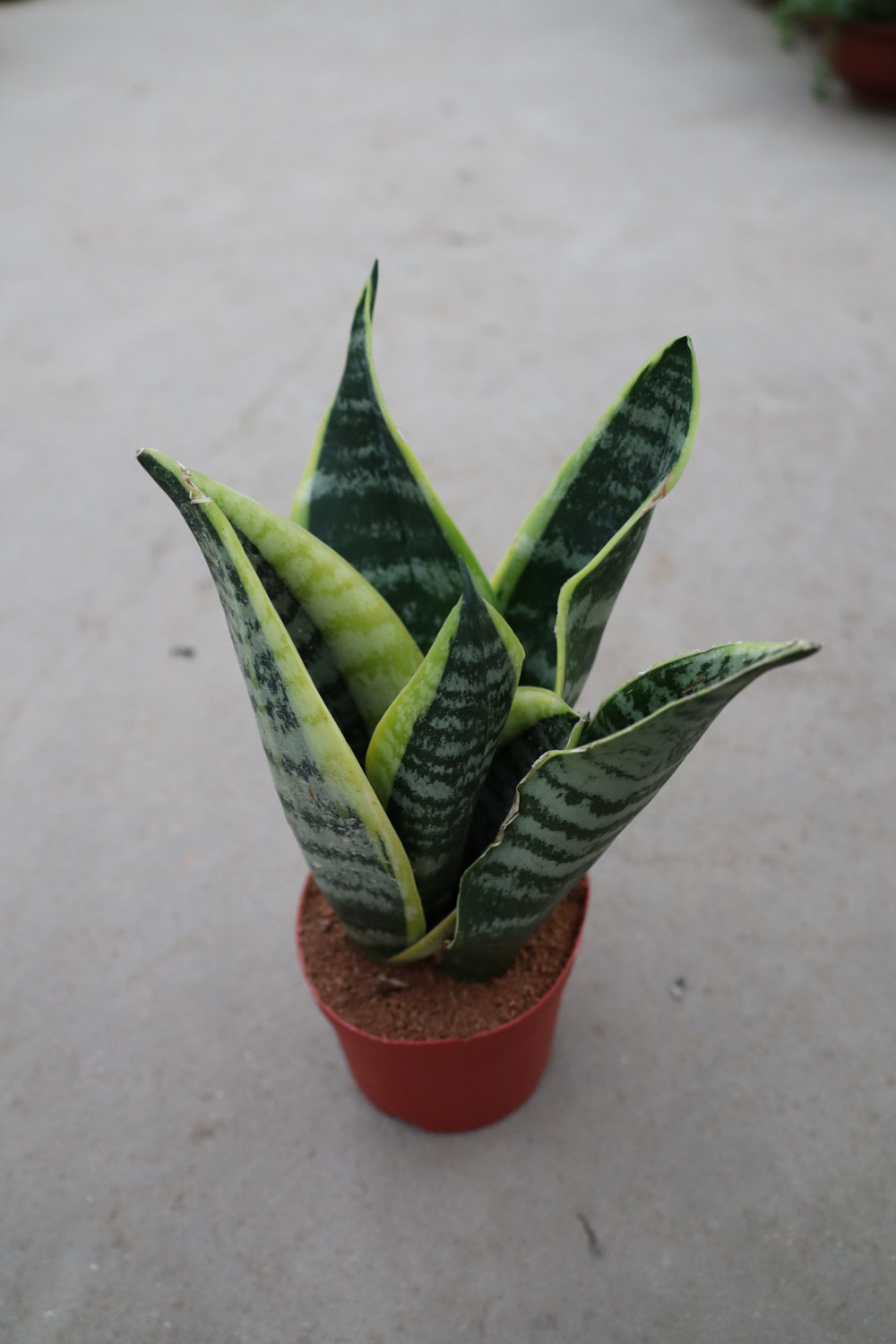
3. Put hupilan in a place with astigmatism and ventilation. Don't touch the wound with water and basin soil for the time being. Don't water it for the time being until the wound heals
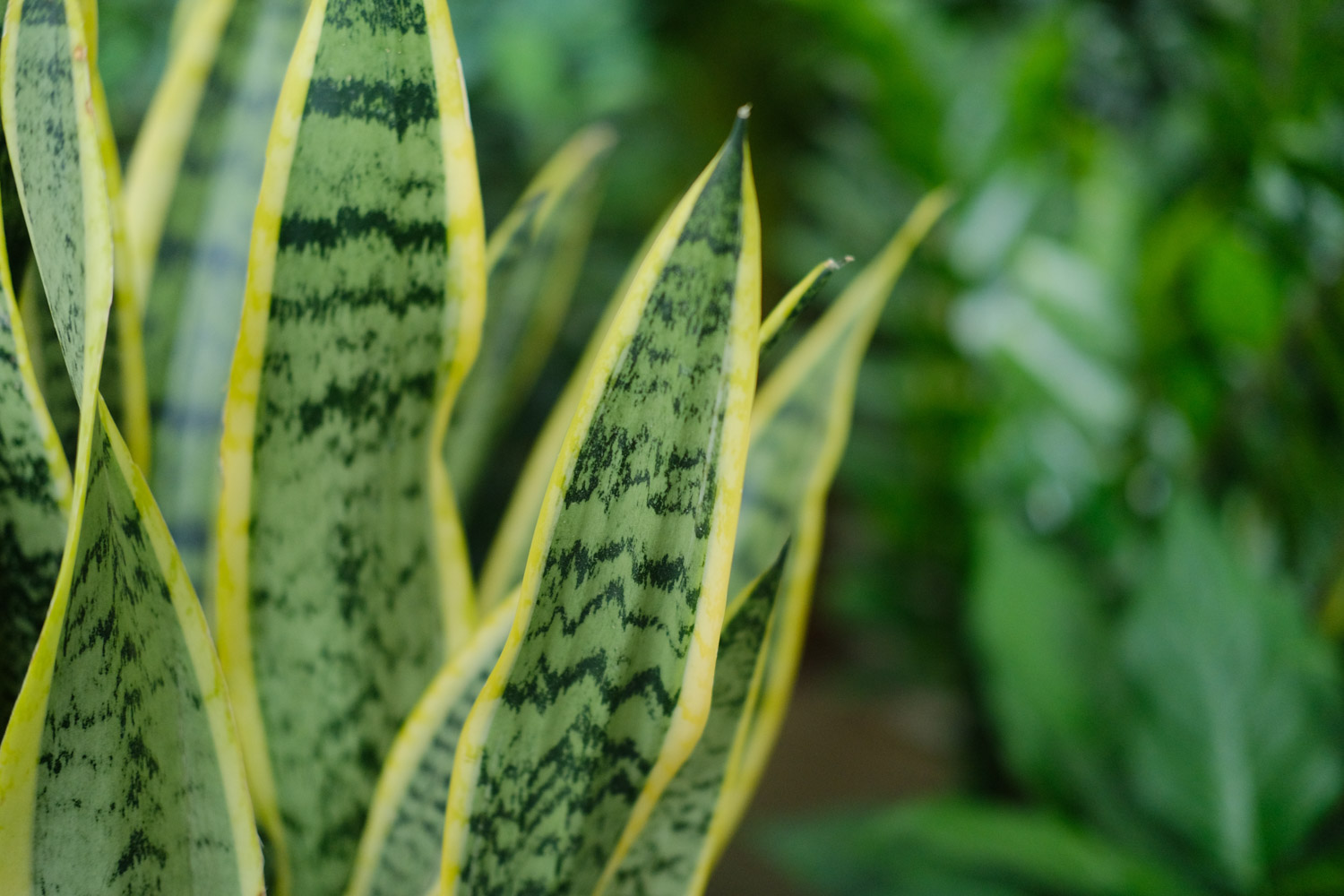
4. In addition, after the wound is healed, you can mix carbendazim with water 1000 times a month, water the basin soil of hupilan, sterilize and disinfect, and pay attention not to water the leaves of hupilan
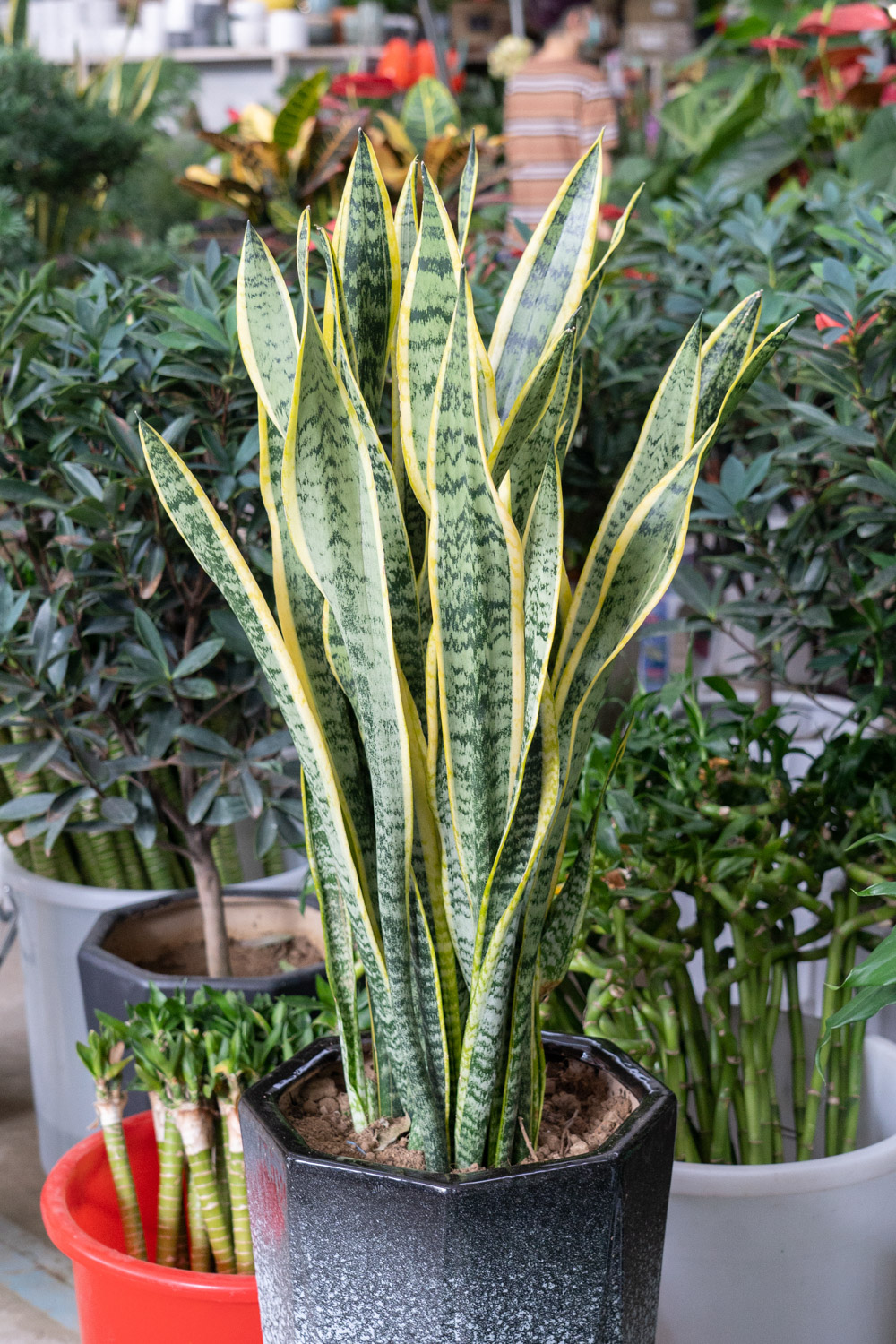
Clivia grows this kind of spot, cut it quickly
Clivia is also easy to grow spots. Yellow spots grow on the green leaves. It's really ugly! Why? Diseases mainly caused by diseases and insect pests, such as leaf spot, white silk, soft rot and anthrax, how to treat them
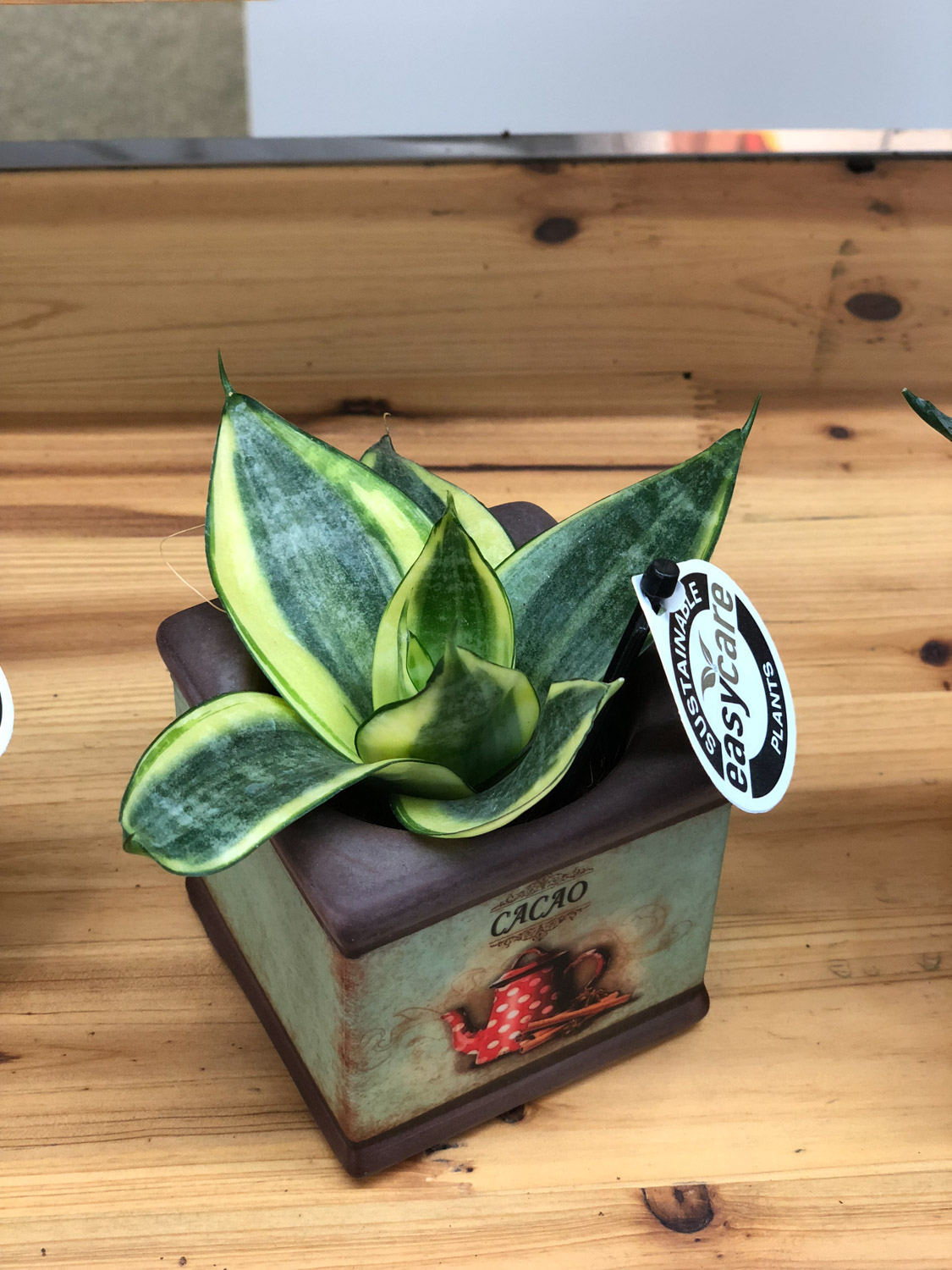
1. Cut off the leaves with long spots and put them in a ventilated place to prevent infecting other healthy leaves
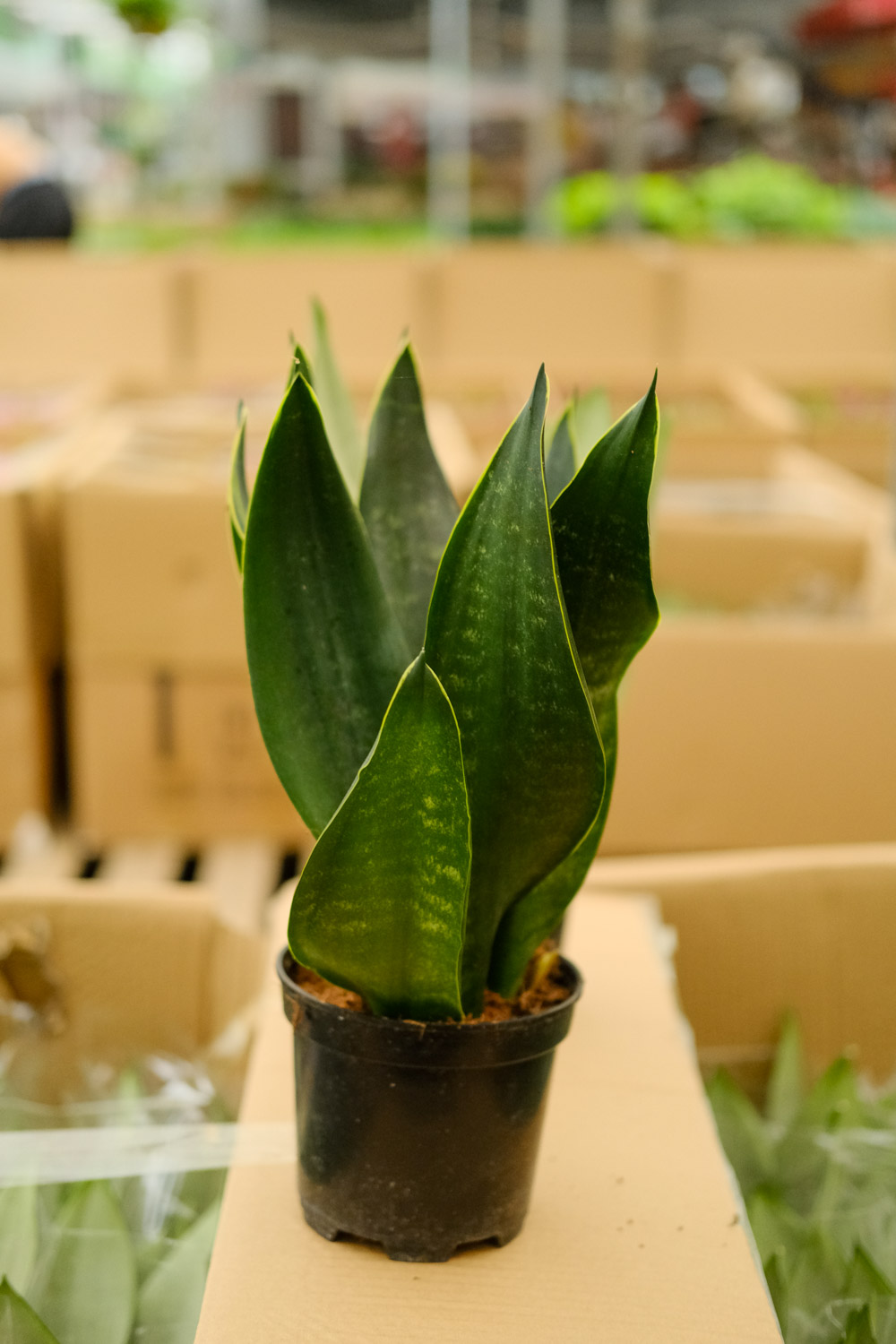
2. Check whether there are scale insects and other insects in other parts of the blade. If so, scrape them off and kill them quickly
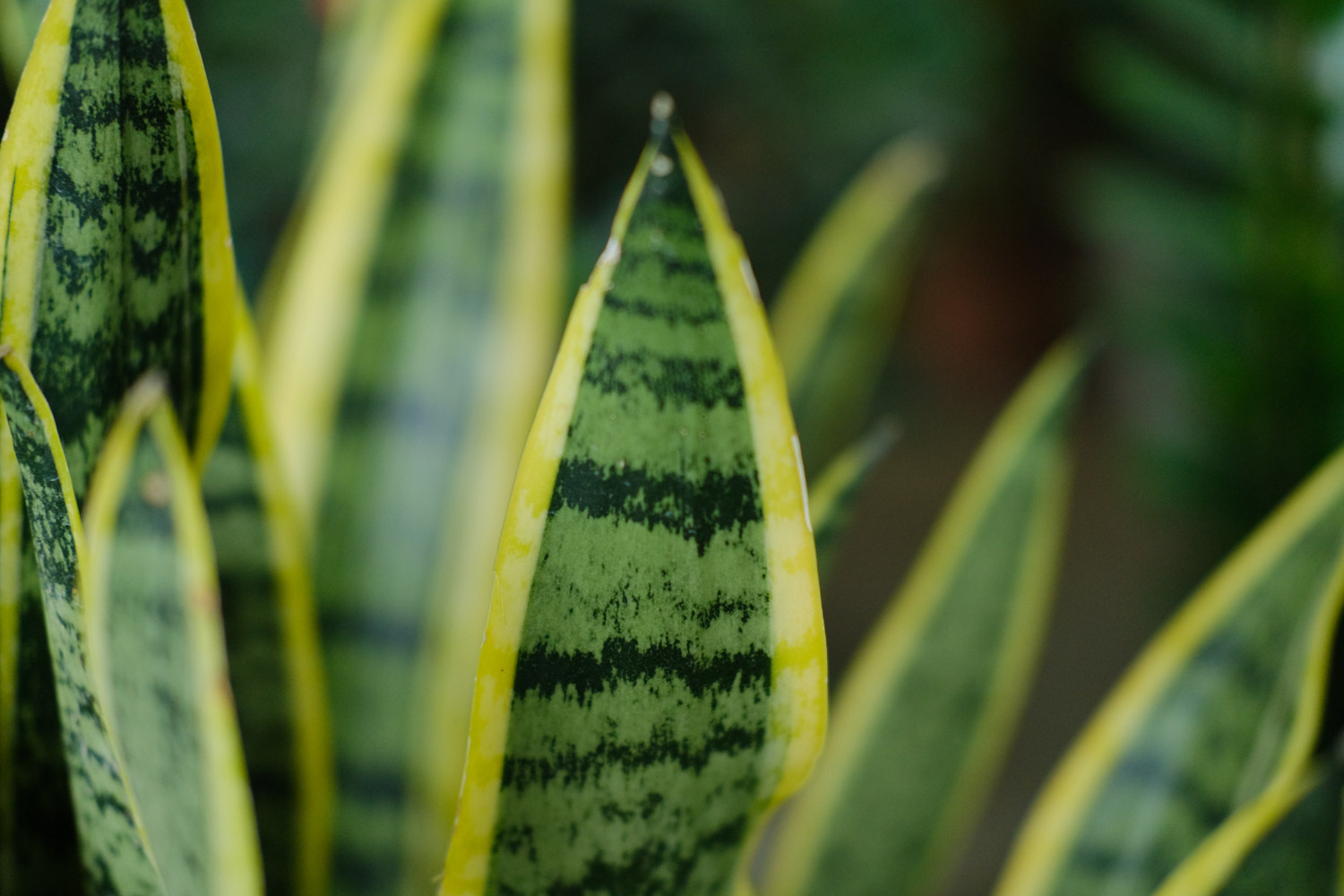
3. Spray 50% carbendazim solution or dactylammonium on the leaf surface. Carbendazim (dactylammonium): clean water = 1:1000, once a week for 3-4 consecutive times. Note that the blade core is easy to rot without water
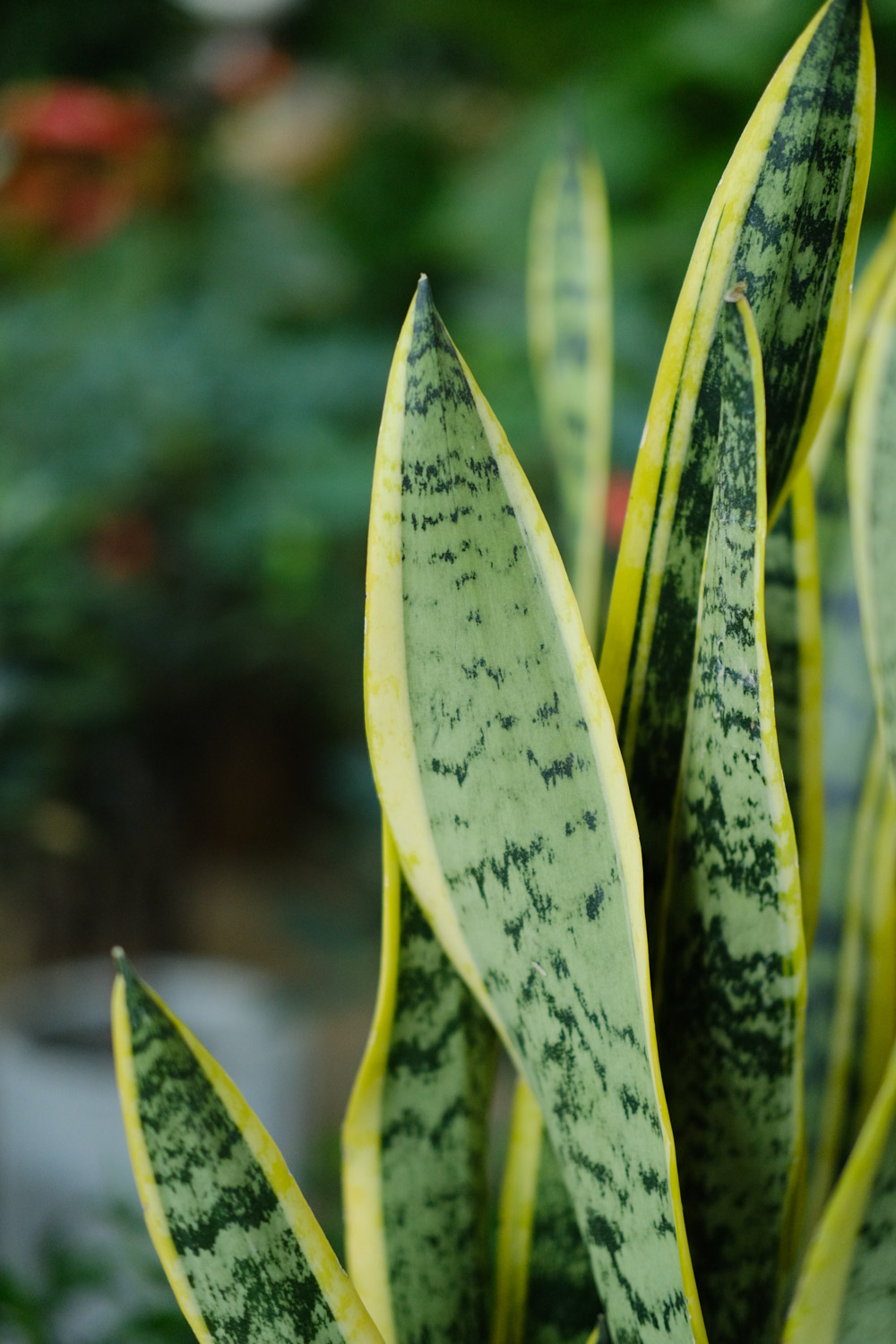
4. If there are still spots on the leaves after spraying for a month, it is the problem of the soil. The soil is too wet or the soil fertilizer fermentation is insufficient, or there are bacteria in the soil. At this time, it is necessary to change the soil and basin of Clivia again
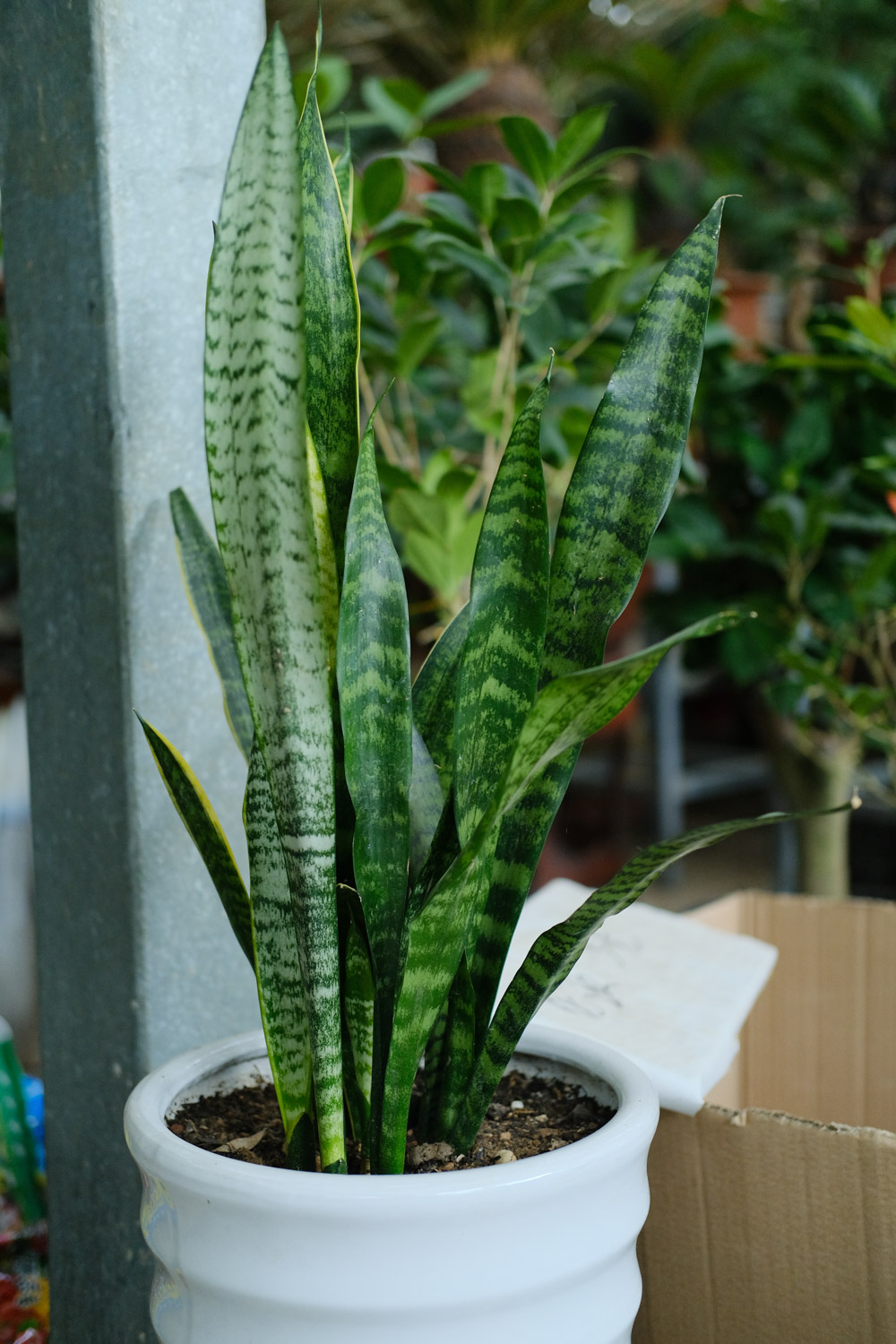
5. Usually, when fertilizing Clivia, do not only apply nitrogen fertilizer, but more phosphorus and potassium fertilizer. In this way, its resistance is high and it is not easy to get sick
I see. The above methods
When the flowers at home show spots
You won't panic
If you feel useful, you can help Huahua share it with more friends

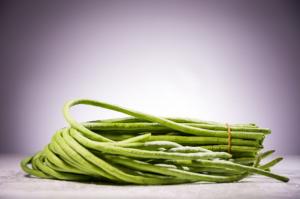 How does okra leaf h...
How does okra leaf h...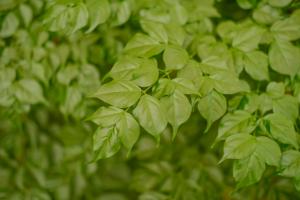 How to treat happy l...
How to treat happy l...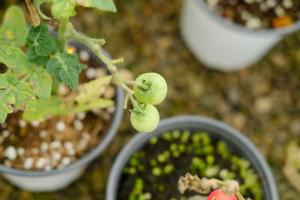 How is tomato Fusari...
How is tomato Fusari... How is Strawberry Po...
How is Strawberry Po... How does Calla becom...
How does Calla becom...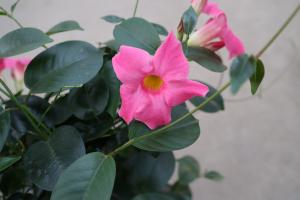 How to roll the leav...
How to roll the leav... Pest control of Phyl...
Pest control of Phyl...
























